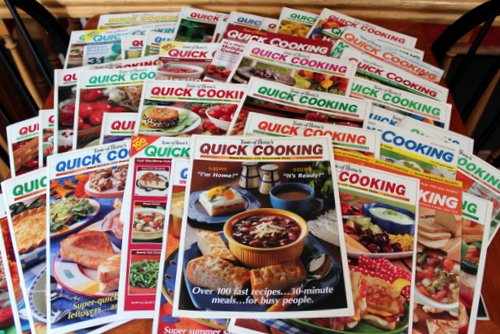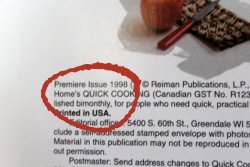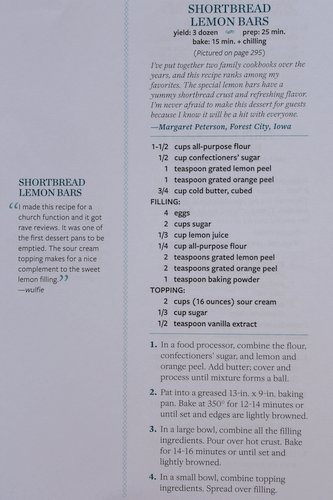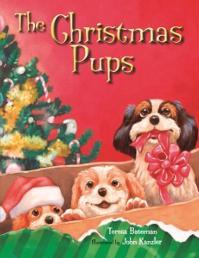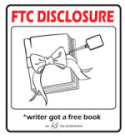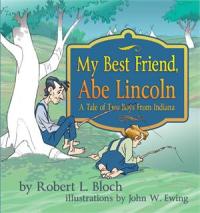Best Loved Recipes: Taste of Home's latest offering
/I've been a fan of the Taste of Home brand for quite some time. Take a look at this:
That is my collection of Taste of Home's Quick Cooking magazines, pulled from my cookbook shelves for the photo. The magazine on top? Take a closer look:
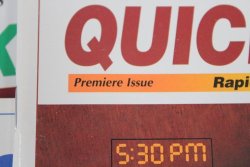
That is the premiere issue of one of my favorite cooking magazines. I obviously have pert near every issue since that first one in 1998. Yes, I'm a Taste of Home fan.
 I recently received free for review Taste of Home's Best Loved Recipes cookbook. Considering the number of Taste of Home recipes I've looked at through the years, I think I'm pretty well qualified to tell you, yes, the 1,485 recipes included in the massive tome are indeed some of the best.
I recently received free for review Taste of Home's Best Loved Recipes cookbook. Considering the number of Taste of Home recipes I've looked at through the years, I think I'm pretty well qualified to tell you, yes, the 1,485 recipes included in the massive tome are indeed some of the best.
Upon receiving Best Loved Recipes, I spent quite some time going through the 26 chapters, everything from Appetizers to Soups. In between are chapters on anything and everything cooks—from beginning baker to accomplished chef—need to know, need to offer. A few of my favorite chapters: Cooking for One or Two (equally important for my empty nest as well as my little birdies who are now living solo), Mom Made It Best, Mealtime Express, and Grand-Prize Winners.
From the many chapters, I chose a handful of delights to try in preparation for this review. Of the few desserts and main dishes I prepared, these were my favorites...so far (photos and recipes directly from the book):
CANDY BAR APPLE SALAD — In my husband's words, "Any time a candy bar is included in the meal, it's a good meal."

TOFFEE POKE CAKE:
SHORTBREAD LEMON BARS:
My friends and family enjoyed those goodies in just the first week or so of having the hardcovered book in my hands. With more than a thousand left to choose from, I have no doubt we'll find many more favorites, many more that will be our very own best-loved recipes.
What I loved about the cookbook: As is the case with most Taste of Home offerings, the recipes are the real deal from real people, with no hoity toity kitchen acrobatics meant to impress judges over taste buds. I love that the cream of the crop—the very best of the best loved recipes—are marked with a Top 100 Recipe icon or included in the Grand-Prize Winners chapter. The quote from each contributor preceding their recipes provides a homey touch. the Mom Made It Best and Our Favorite Contributors' Meals chapters were especially delightful to peruse.
What I didn't love so much: I love that there are so many recipes between the covers, but that makes for a massive cookbook (928 pages!) that doesn't stand up real well on my cookbook holder. There are several full-color and glossy pages of luscious photos of many recipes batched together throughout the book, but I'm a phot fiend and would have loved to see more—though I realize that including more photos would make the book ridiculously large, so I get the reasoning on limiting them.
Taste of Home's Best Loved Recipes hardcover cookbook has a suggested price of $34.99. The cookbook will be available at all major book sellers September 13, but can be ordered now for $24.99 (with free shipping) through the Taste of Home website.
